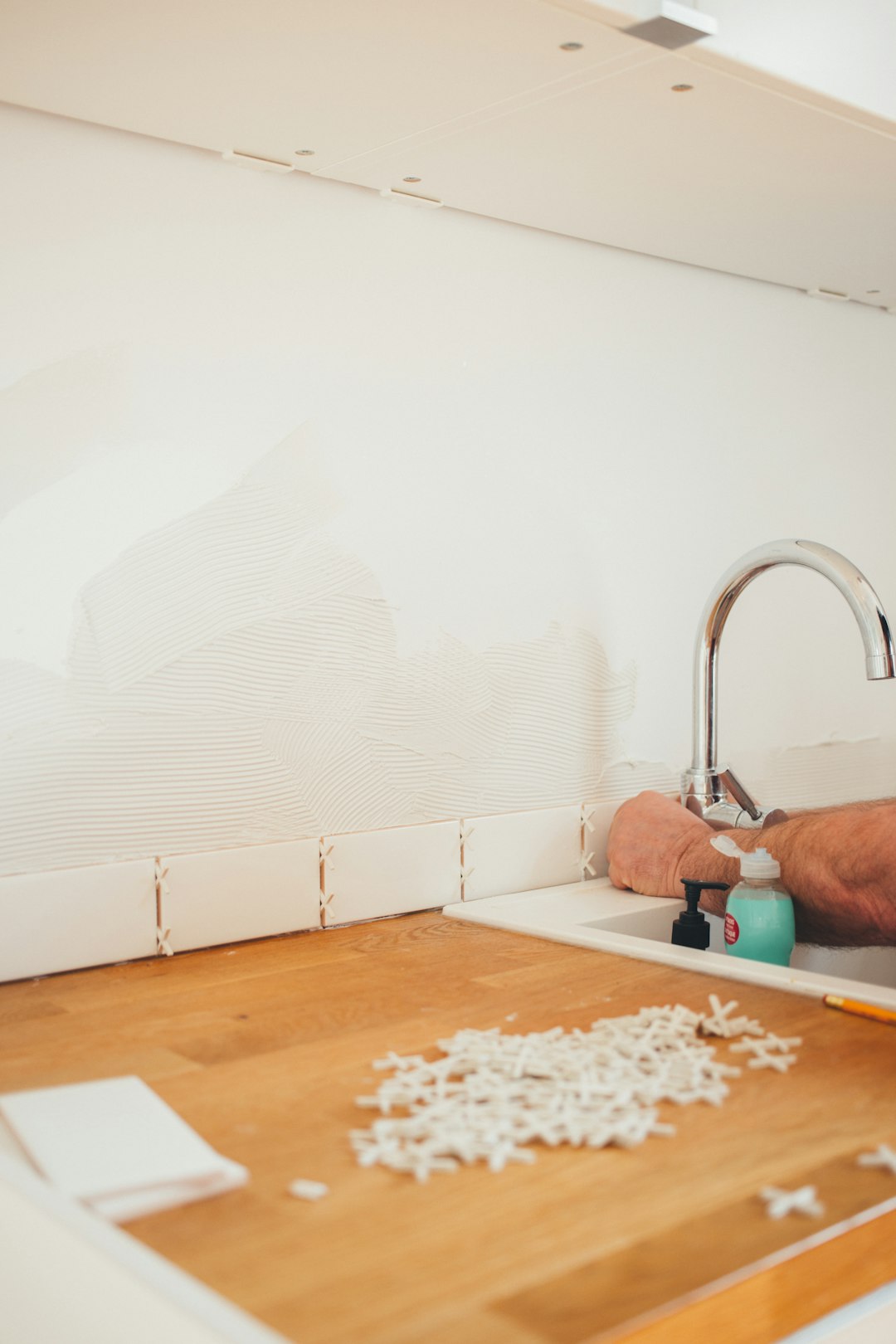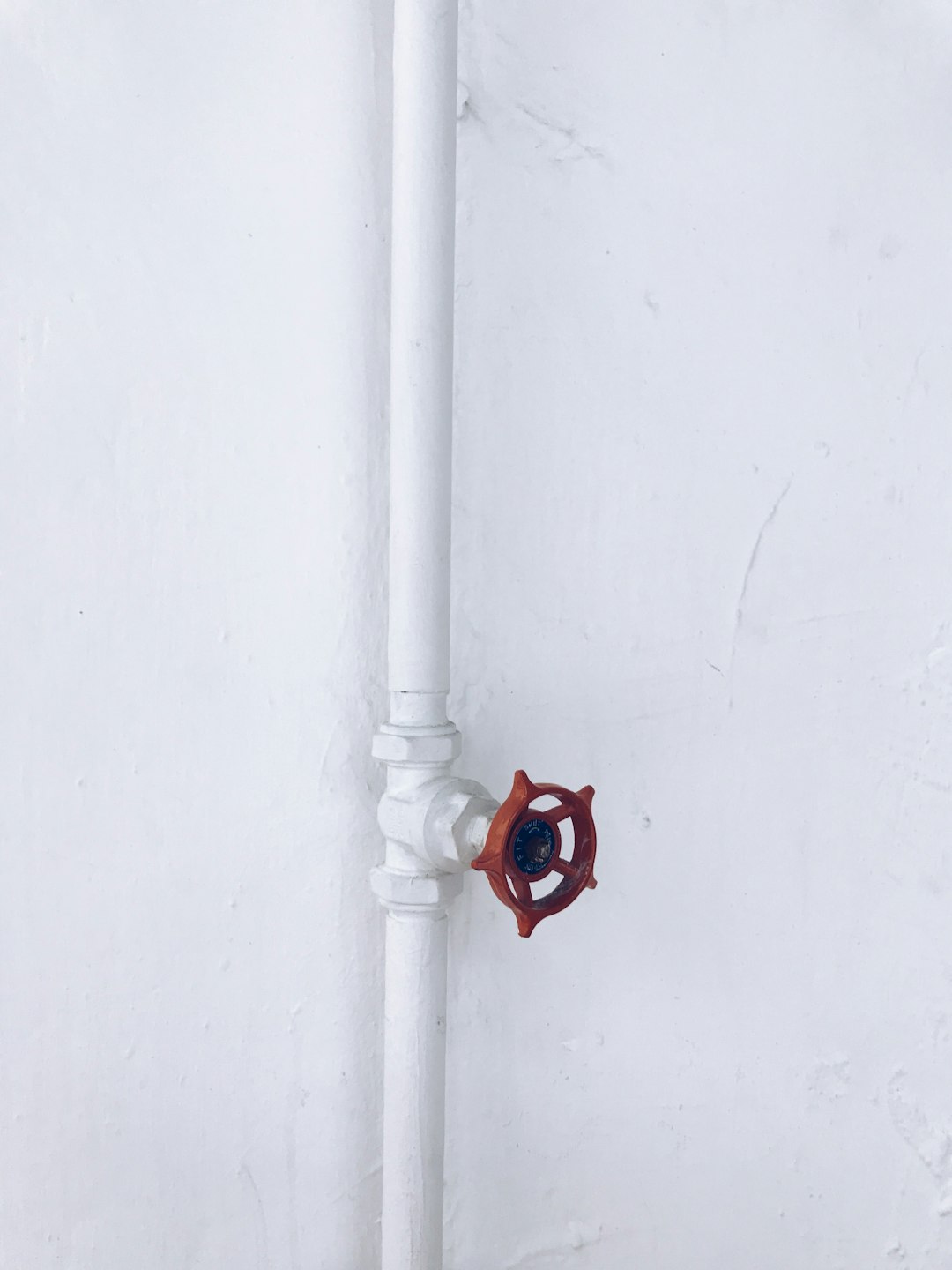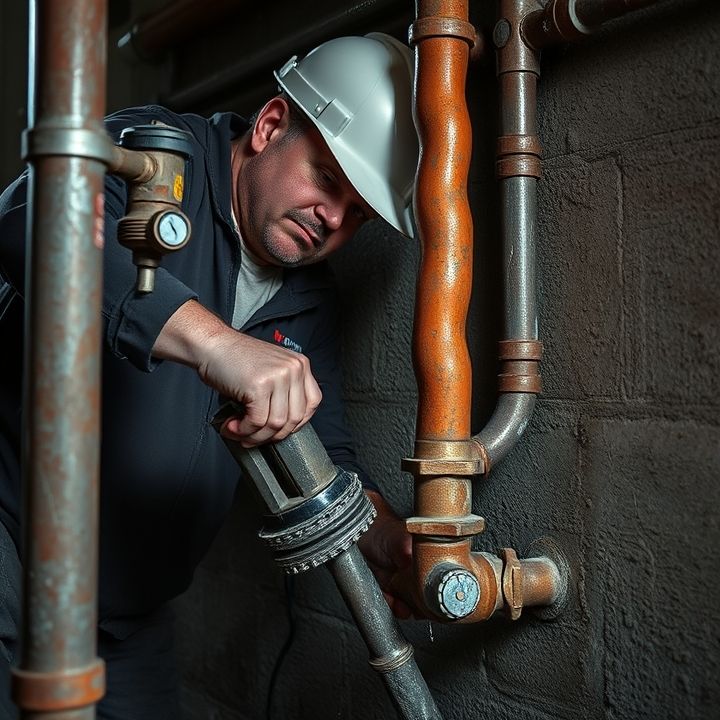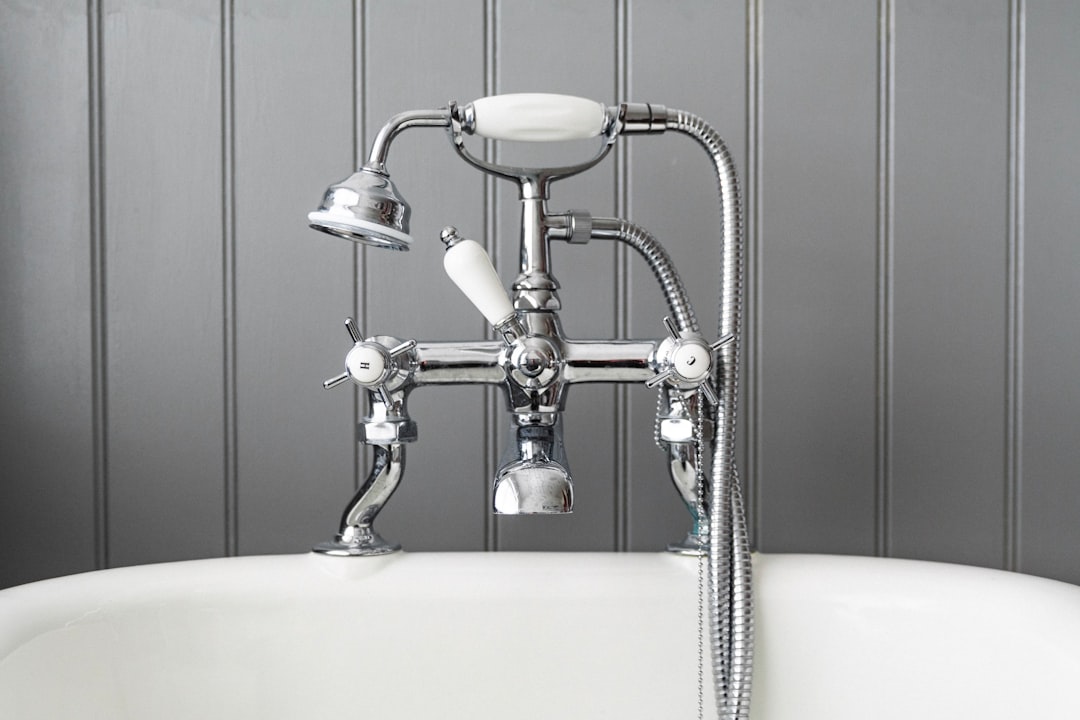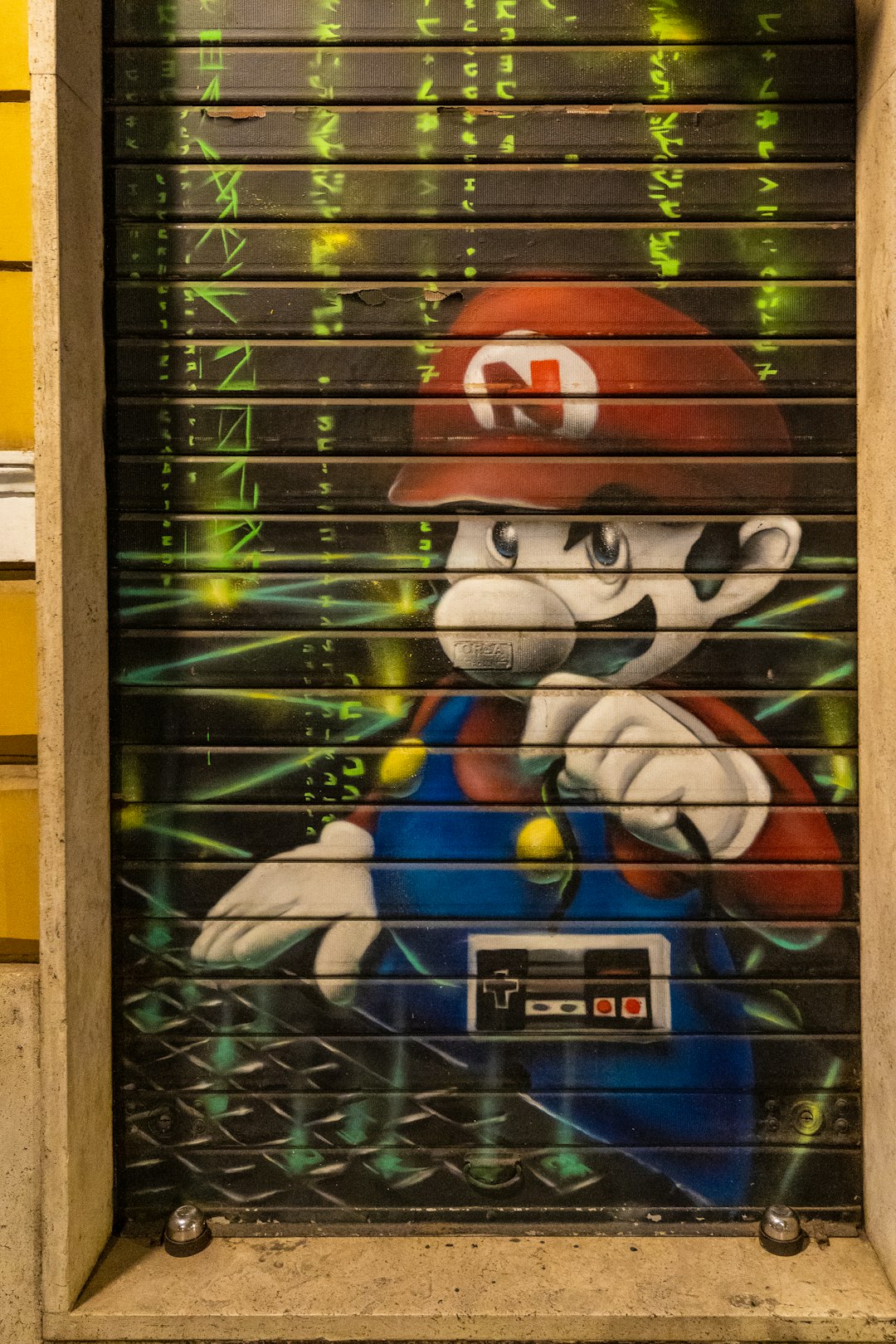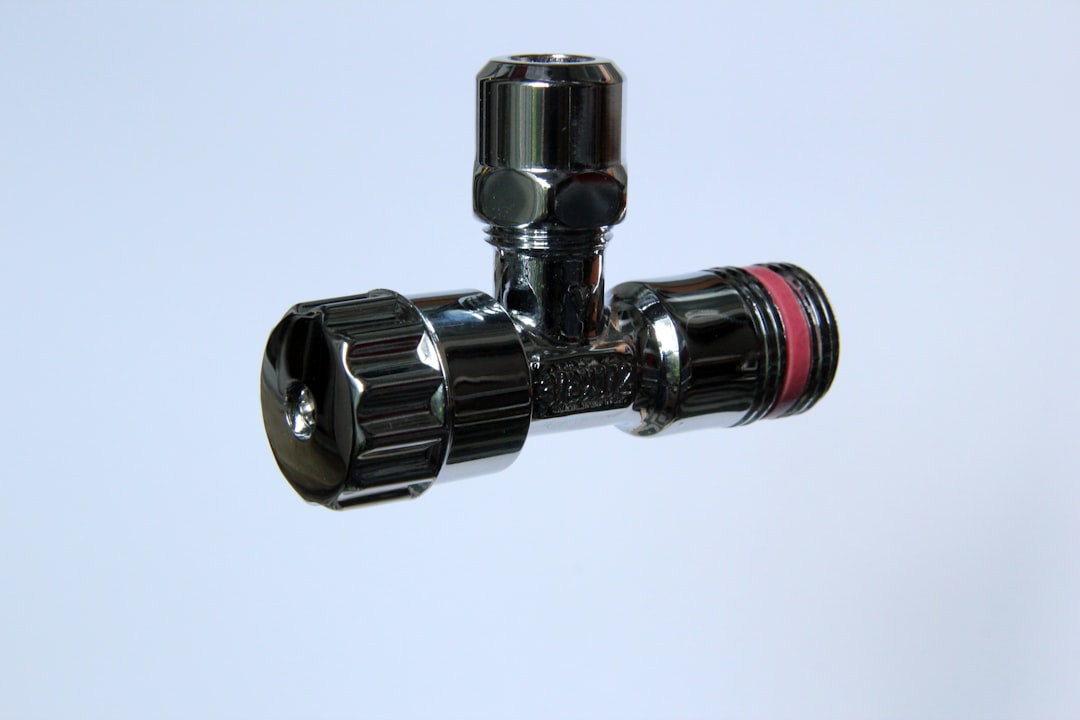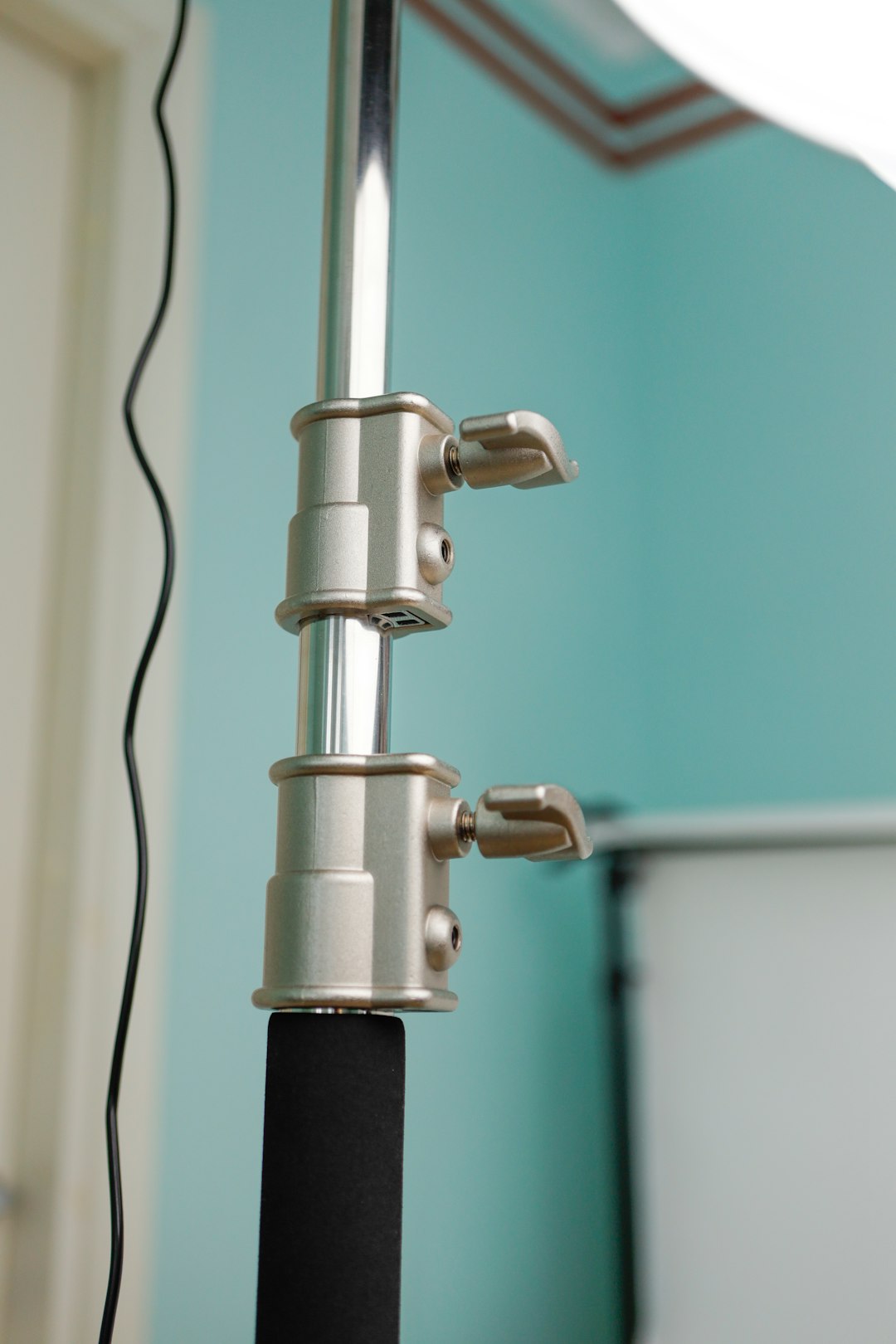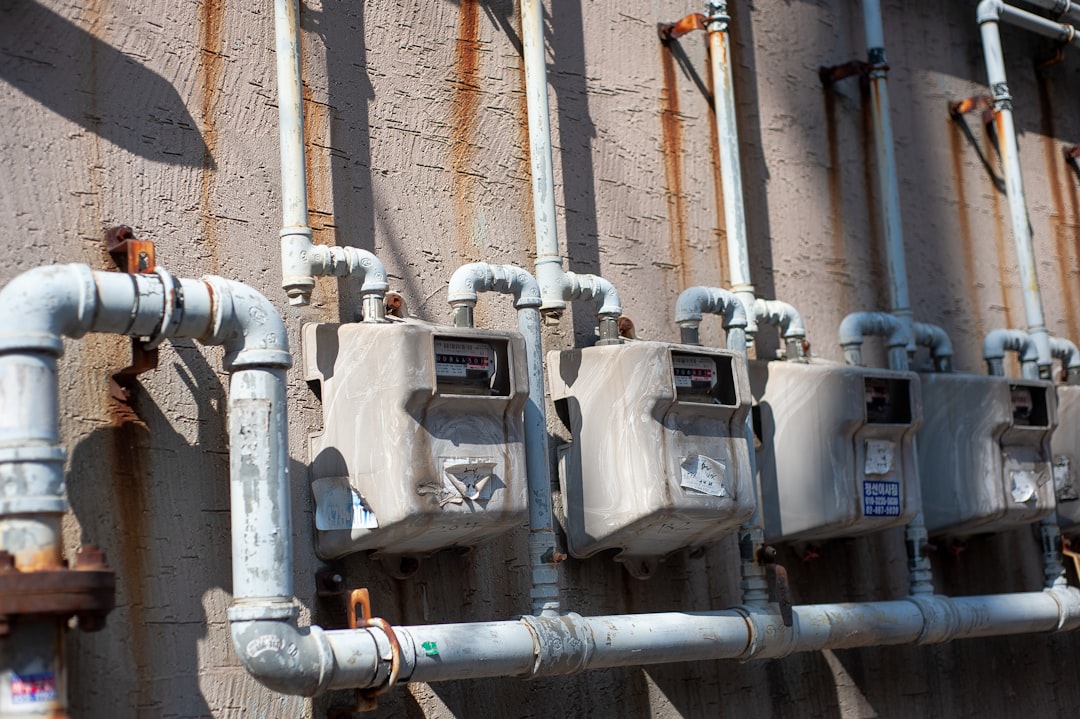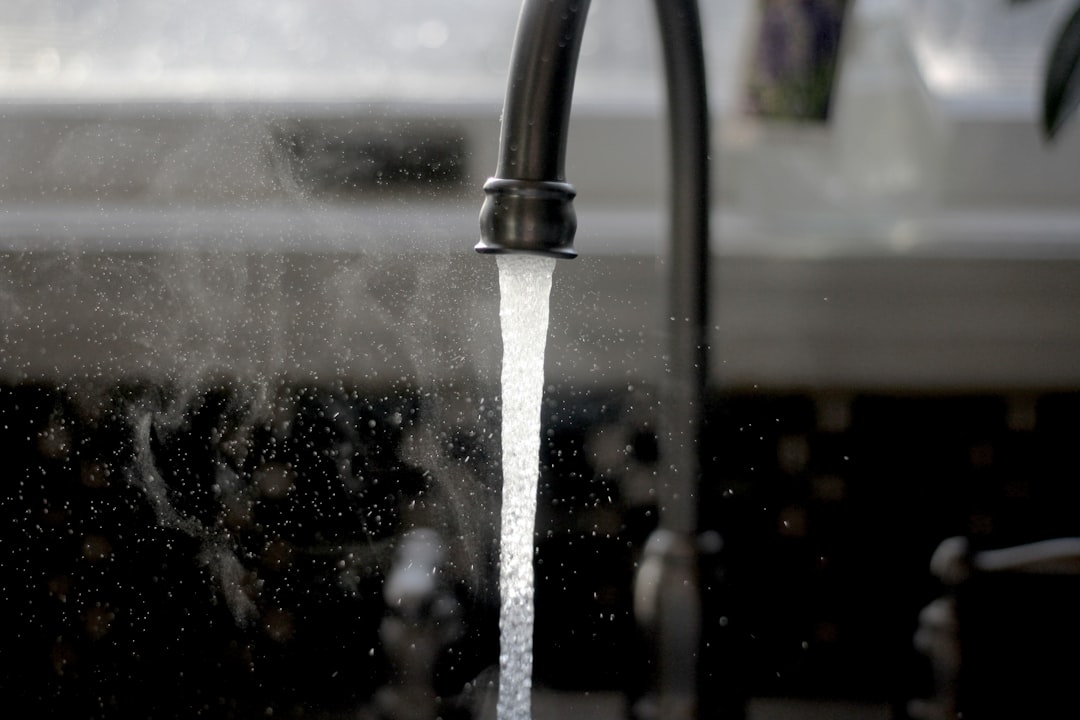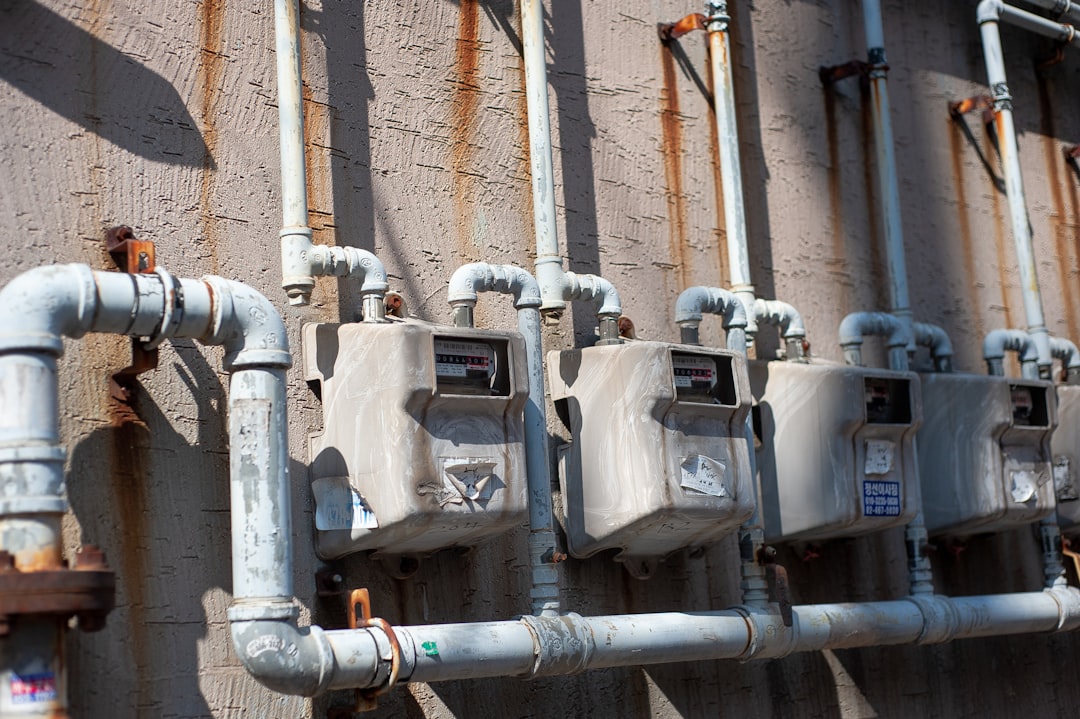Table of Contents
- Introduction
- Role of plumbers in plumbing installation and layout planning
- Details on plumbing fixture installation including sinks and toilets
- Importance of plumbing system inspections for code compliance
- Emergency plumbing services and their role in new constructions
- Techniques for plumbing leak detection and prevention
- Installation of water heating systems and maintenance services
- Implementation of plumbing drain cleaning and unclogging methods
- Considerations for plumbing pipe replacement and materials used
- Conclusion
- Frequently Asked Questions
Introduction
Your dream home is not just a product of elegant design and beautiful decor; it thrives on a foundation of essential services that often go unnoticed. Among these, the plumber plays a pivotal role in ensuring your living space is not only comfortable but also functional.
From installing intricate piping systems to fixing leaks that can lead to significant damage, plumbers are the unsung heroes of home construction and renovation. Their expertise is vital in creating the seamless flow of water and waste that keeps our lives running smoothly.
Imagine stepping into a shower with perfect water pressure, knowing that behind the scenes, a skilled plumber has crafted that experience through meticulous work. Or envision a cozy kitchen with gleaming fixtures, all made possible by their diligent installation. In this article, we delve into the crucial tasks that plumbers undertake, the challenges they face, and how their skills contribute to the realization of your dream home.
Role of plumbers in plumbing installation and layout planning
The role of plumbers in plumbing installation and layout planning is crucial in the construction of a new house. Plumbers are responsible for designing and installing the piping systems that deliver water and gas to the various fixtures in a home. This includes kitchens, bathrooms, and laundry rooms, ensuring that all plumbing needs are met efficiently and effectively.
During the initial planning phase, plumbers work closely with architects and builders to create a detailed layout that incorporates local building codes and regulations. This collaboration ensures that all plumbing systems are not only functional but also safe and compliant with standards.
Furthermore, plumbers evaluate the best materials and methods for installation, considering factors such as pressure, drainage, and accessibility. They also anticipate potential future needs, allowing for upgrades or changes to the plumbing system as the household’s requirements evolve. In essence, their expertise in layout planning and installation forms the backbone of a home’s plumbing infrastructure, making them integral to the construction process.
Details on plumbing fixture installation including sinks and toilets
Plumbing fixture installation is a critical component in building a new house, as it encompasses the setup of essential items like sinks and toilets. Proper installation ensures that these fixtures function correctly and efficiently, contributing to the overall plumbing system’s performance.
The installation of a sink involves securely attaching the sink to the countertop, ensuring a watertight seal to prevent leaks. It’s also important to connect the sink to the water supply and the drainage system, which requires precise measurements and fittings.
Toilets, on the other hand, require careful alignment to the waste pipe, along with securing the toilet to the floor. Plumbers must also ensure that the water supply line is properly connected, and they often install the toilet tank and bowl in conjunction.
Additionally, testing for leaks after installation is essential to ensure functionality and prevent future plumbing issues. Overall, the expertise of a plumber in fixture installation is crucial for a successful build, guaranteeing that all plumbing systems will work efficiently for years to come.
Importance of plumbing system inspections for code compliance
The importance of plumbing system inspections for code compliance cannot be overstated. Building codes are established to ensure safety, health, and environmental protection, and plumbing systems play a critical role in safeguarding these standards. Inspections are necessary to verify that plumbing installations meet the specified guidelines before, during, and after construction.
During an inspection, professionals assess the integrity of piping, drainage systems, and fixtures. They check for proper installation, material quality, and adherence to local regulations. This step helps in identifying potential issues early on, which can prevent costly repairs or hazardous situations in the future.
Furthermore, ensuring code compliance not only enhances the safety of a home but also increases its value. Homes with certified plumbing systems are more attractive to buyers and easier to finance. Additionally, compliance with local codes can help avoid legal issues and fines related to improper installations. In summary, regular plumbing inspections are a vital part of the construction process, ensuring that systems are safe, efficient, and compliant with established regulations.
Emergency plumbing services and their role in new constructions
Emergency plumbing services play a crucial role in new constructions, ensuring that plumbing systems are not only installed correctly but also function efficiently from the very beginning. During the construction phase, unexpected issues can arise, such as leaks, blockages, or faulty installations. Having access to emergency plumbing services is essential for minimizing disruptions and maintaining a smooth construction timeline.
These services provide rapid response solutions to plumbing emergencies that can jeopardize the overall progress of a building project. Skilled plumbers are trained to diagnose and address plumbing problems swiftly, helping to prevent costly delays and damages that could affect the new structure. In addition to resolving immediate issues, emergency plumbing services also advise on suitable materials and practices to enhance the longevity and reliability of the plumbing system.
Moreover, ensuring that the plumbing works correctly from the outset can prevent more significant issues down the line, making emergency plumbing services an integral part of any new construction project. They help safeguard the investment in a new home by providing expertise and support that contributes to a successful and efficient build.
Techniques for plumbing leak detection and prevention
Detecting and preventing plumbing leaks is crucial in maintaining the integrity of a building’s plumbing system. One effective technique for leak detection is the use of acoustic sensors, which can detect the sound of water flowing through pipes, indicating a potential leak site. Infrared thermography is another advanced method; it identifies temperature differences on walls and floors to locate hidden leaks.
Additionally, pressure testing can be performed by sealing off sections of pipes and monitoring the pressure levels to identify any drops that suggest leaks.
Prevention is equally important and can be achieved through regular maintenance checks, which include inspecting pipes for corrosion and wear. Installing water alarms and monitoring systems can provide early warnings of leaks, minimizing damage. Ensuring that the plumbing system is properly insulated can also help prevent leaks caused by freezing in colder climates. By using these techniques, homeowners can effectively manage their plumbing systems, ensuring longevity and reliability in their water supply.
Installation of water heating systems and maintenance services
The installation of water heating systems is a crucial responsibility of a plumber when building a new house. These systems ensure that residents have access to hot water for various daily needs, such as bathing, cooking, and cleaning. Plumbers begin by assessing the specific hot water requirements of the household, taking into consideration the size of the family and their usage patterns. They select the appropriate type of water heater, which may be traditional tank systems or more energy-efficient tankless models.
Once the system is chosen, plumbers will install the necessary pipes, valves, and fittings to connect the water heater to the home’s plumbing system. This process must comply with local plumbing codes and standards to ensure safety and efficiency. In addition to installation, plumbers are also responsible for ongoing maintenance services. Regular maintenance includes flushing the tank to remove sediment buildup, checking for leaks, and inspecting the system for any necessary repairs. By providing these services, plumbers help extend the lifespan of the water heating system and ensure it operates efficiently, ultimately saving homeowners money on energy costs.
Implementation of plumbing drain cleaning and unclogging methods
Implementation of plumbing drain cleaning and unclogging methods is essential for maintaining a functional plumbing system in a new house. Effective techniques include mechanical snaking, hydro jetting, and the use of chemical drain openers.
Mechanical snaking involves using a flexible auger to navigate through pipes and dislodge blockages, making it a favored choice for moderate clogs.
Hydro jetting employs high-pressure water streams to clear stubborn obstructions and clean the interior of pipes, ensuring a thorough cleaning.
Chemical drain openers can be utilized for minor clogs; however, caution is advised to prevent pipe damage.
Regular maintenance, including routine inspections and cleaning, is crucial to prevent future clogs. Homeowners should also be educated on proper waste disposal practices to minimize the risk of blockages.
In addition, installing drain strainers can help catch debris before it enters the plumbing system.
By effectively implementing these methods, plumbers can ensure a reliable drainage system, promoting the longevity of the plumbing infrastructure in a new home.
Considerations for plumbing pipe replacement and materials used
When considering plumbing pipe replacement, several factors come into play to ensure the best choices are made. The type of material used for piping plays a crucial role in the overall performance of a plumbing system. Common materials include PVC, copper, PEX, and cast iron, each with its benefits and drawbacks.
For instance, PVC is lightweight and resistant to corrosion, making it ideal for drainage systems. Copper, although more expensive, offers durability and resistance to bacteria. PEX has gained popularity due to its flexibility and ease of installation, especially in retrofit projects.
Another important consideration is the local building codes and regulations, which may dictate specific materials and installation methods. Additionally, the climate can also affect material selection; for example, pipes in colder regions may require insulation to prevent freezing.
Ultimately, engaging a qualified plumber can provide valuable insights and recommendations tailored to the specific needs of the building project, ensuring a safe, efficient, and long-lasting plumbing system.
Conclusion
In conclusion, the role of plumbers in building your dream home extends far beyond mere installation of pipes and fixtures. From the initial planning and layout of efficient plumbing systems to the ongoing maintenance and emergency services, their expertise is crucial in ensuring a safe, functional, and comfortable living environment. By adhering to local codes, employing advanced techniques for detection and prevention of issues, and utilizing the best materials for durability and efficiency, plumbers play an integral part in the overall success of home construction.
Don’t overlook the importance of professional plumbing services in your new home. If you are in the process of planning or constructing your dream house, contact us today at 573-555-2121 for expert plumbing assistance tailored to your specific needs. Your perfect home begins with a solid plumbing foundation!
